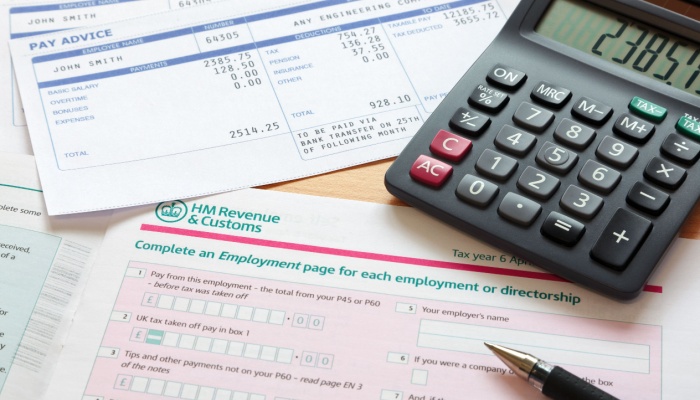The last couple of years have been challenging for investors. Factors outside of your control are likely to have led to your portfolio experiencing volatility.
However, while market performance often grabs news headlines and your attention, the short-term movements of your portfolio shouldn’t be your main focus.
Market volatility characterised the first half of 2022
While markets experienced a sharp fall at the start of the pandemic in 2020, the majority recovered over the following 12 months.
However, volatility has characterised the first half of 2022 for many investors.
A perfect storm of factors has led to some investments falling in value. Among the reasons are the war in Ukraine, post-pandemic inflation, rising interest rates, and soaring energy prices.
According to Forbes, the FTSE 100 index, which is an index of the largest 100 companies on the London Stock Exchange has fared well. The relatively modest 3% decline was attributed to stocks in the commodities, energy, and financial sectors making up a large proportion of the index.
In contrast, the US S&P 500 stock index fell by more than 20% in the first half of 2022.
The volatility isn’t expected to calm in the coming months. There’s also a risk that economies, including the UK, could face a recession.
Seeing the value of your investments fall can be a cause for concern. You may be tempted to make changes to your portfolio as a result.
However, you should keep in mind the common saying: “It’s time in the market, not timing the market.”
If you think back to last year, how many of the events now affecting the markets did you predict? How quickly the economic and geopolitical circumstances have changed demonstrates why trying to time the market consistently is impossible – there are too many factors outside of your control to consider.
For most investors, a long-term plan that’s designed to ride out the ups and downs of the investment market makes more sense. Historically, investments have delivered returns over the long term, but you should keep in mind this cannot be guaranteed.
3 things you should focus on instead of market volatility
Volatility is part of investing. While it can be tempting to check how your portfolio has performed frequently, it can mean you’re more tempted to make changes.
Instead of checking how your portfolio is performing every day, or even every week or month, try to focus on these three things.
1. Your goals
When you start investing, you should do so with a long-term goal in mind.
This could be retiring, supporting your children in buying their first homes, or travelling more in the future. Ideally, it should be at least five years away to allow the peaks and troughs of the market to smooth out.
Focusing on your goal can help you stick to your plan when investment values fall in the short term. An investment strategy can give you confidence in reaching your goal, even when markets are experiencing volatility.
2. Whether the risk profile is right for you
Remember, all investments will experience volatility and there is always some risk. Choosing investments that are appropriate for you could help put your mind at ease.
There are many factors to consider when creating your risk profile, from your goal to your financial circumstances. It’s a step we can help you with and could ensure you pick investment opportunities that are right for you. By avoiding investing in companies that present a higher risk than your profile from the outset, it can help you screen out the concerns that volatility may cause.
3. Long-term performance
It can be easy to focus on daily or weekly market movements. It’s often the focus of media headlines and it can seem exciting. However, it’s also more likely to lead to knee-jerk decisions that may not be right for you.
Instead, look at how your investments have performed over the long term: what’s the annual rate of return delivered? And how have investments performed over the last five or 10 years?
Over a longer period, portfolios should aim to deliver steady returns. Historically, this is what the markets have done, although it cannot be guaranteed.
So, in most cases, ignoring short-term market movements and focusing on the bigger picture makes sense. Remember, when market values fall, the loss is only on paper until you sell.
Arrange a meeting to talk about your long-term plans
If you’re ready to invest to achieve your long-term goals, please contact us. We’ll help you understand how it can fit into your wider financial plans, the level of risk that’s appropriate for you, and answer your questions about volatility.
Please note: This blog is for general information only and does not constitute advice. The information is aimed at retail clients only.
The value of your investment can go down as well as up and you may not get back the full amount you invested. Past performance is not a reliable indicator of future performance.





